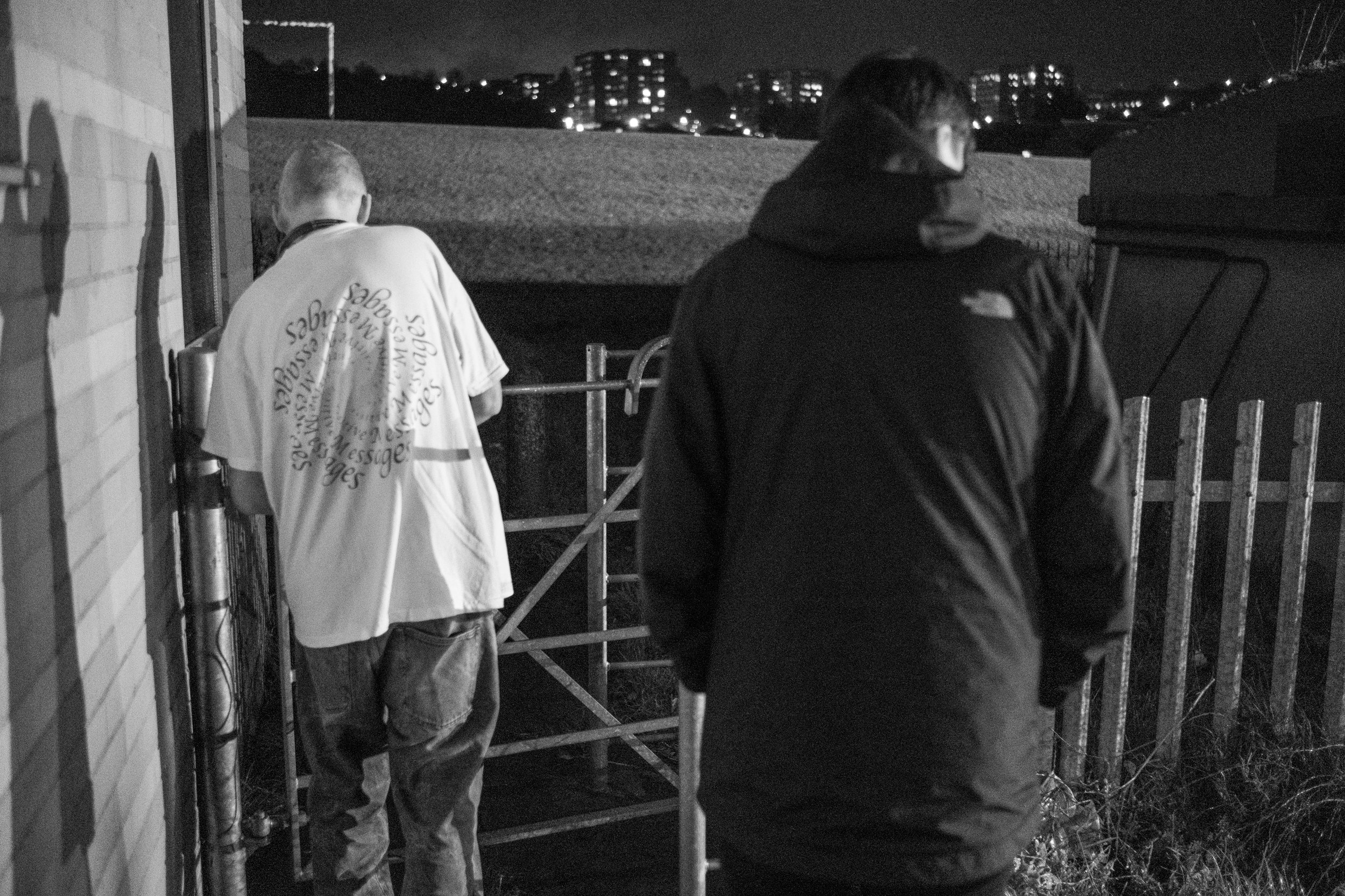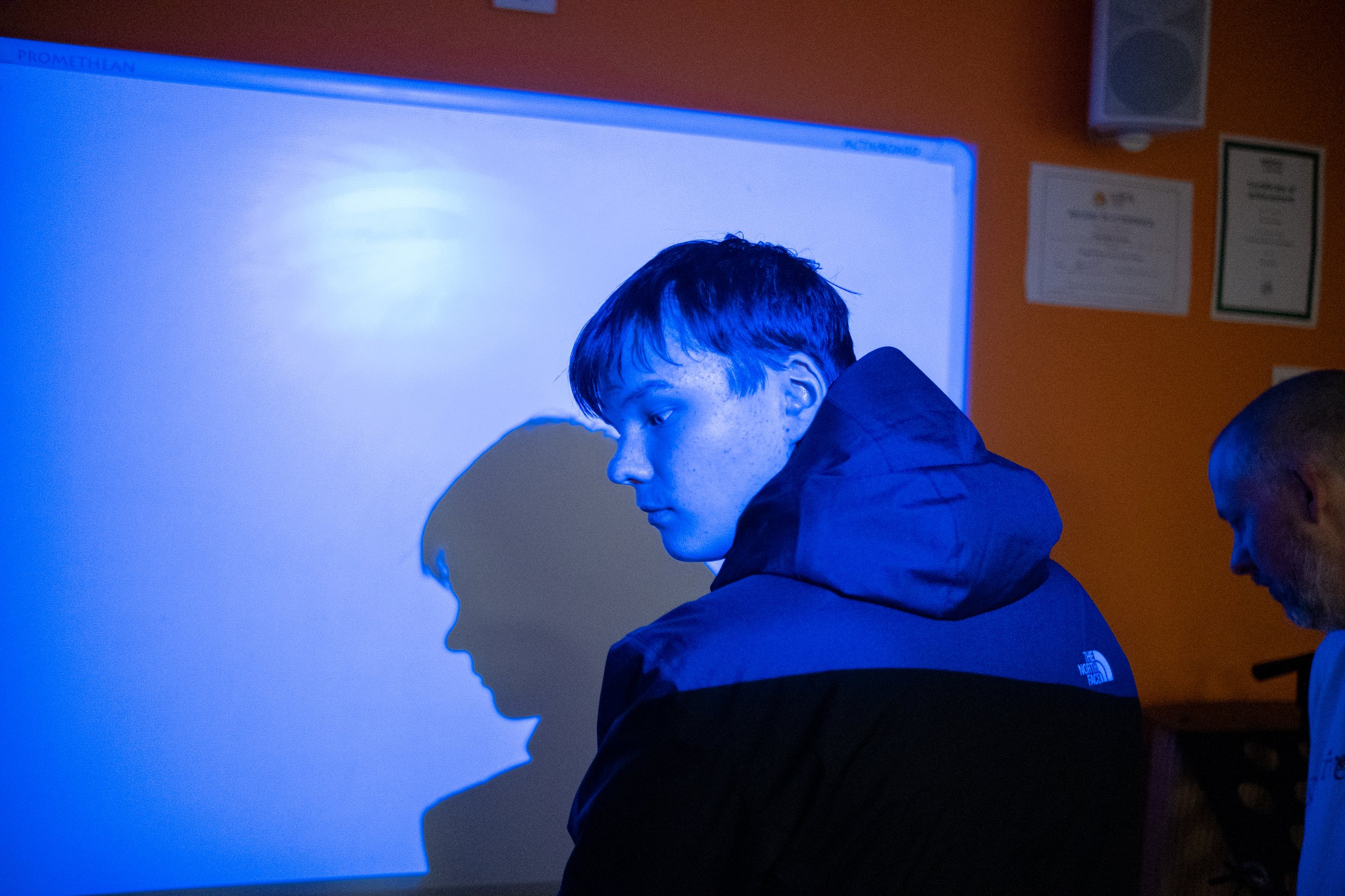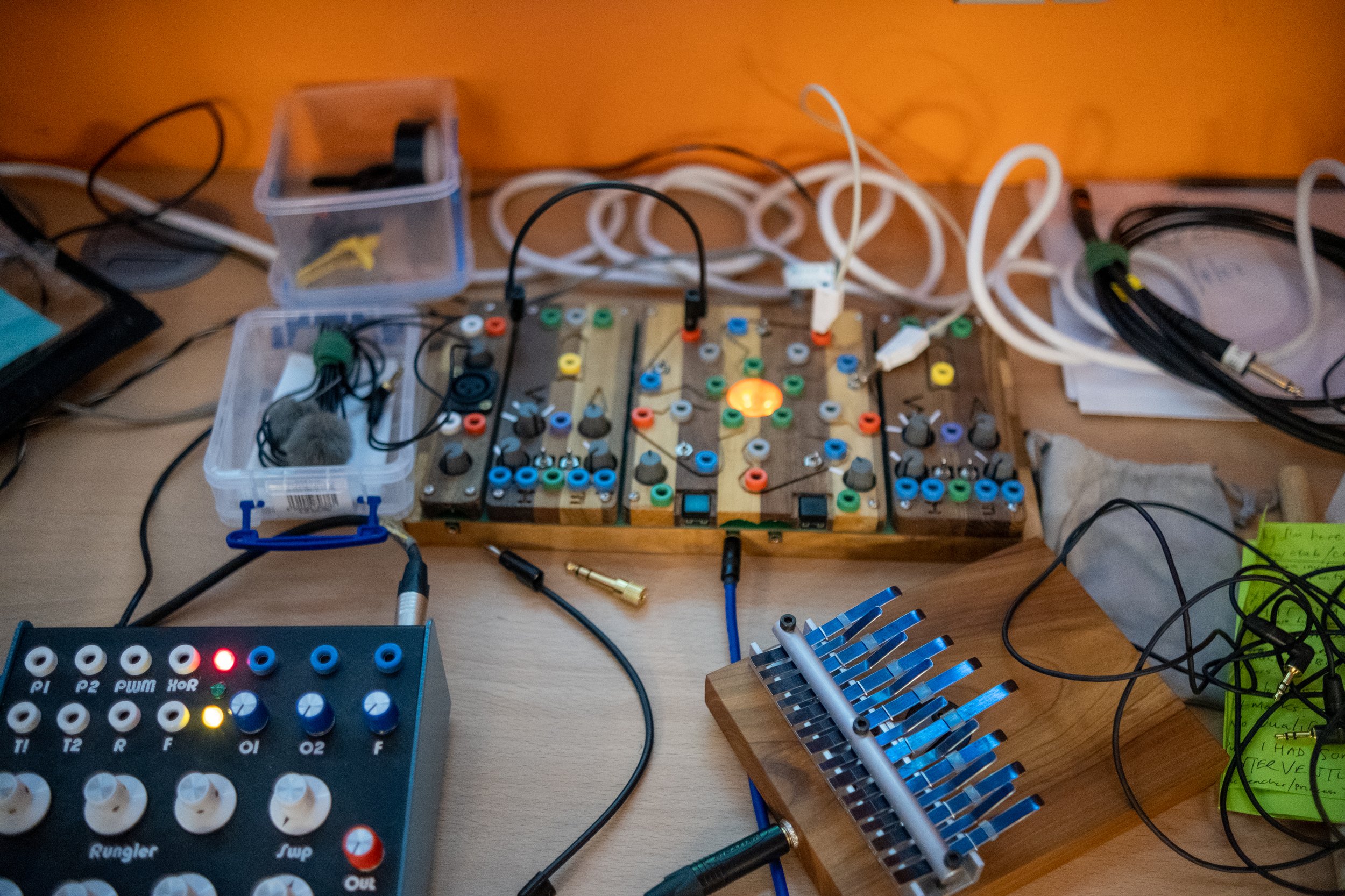Neolithic Cannibals has received the top honour in the 'Composed with Sound' category at this year’s Sound of the Year Awards, an international celebration of innovative sound judged by leading experts from across the global sound community. I’m so proud of Amelia, Amy, Gracie-May, Harry, Izzy, Leonie, Ieuan, Sophia, and Tassia. Young artists from an area where it is very hard to become an artist, let alone make award winning contemporary art.
“This project was deeply personal. My aim was to co-create something bold and uncompromising with these young artists—a work that resonates in a gallery space as experimental sound art, serves as a window into history and heritage, and prompts curiosity with contemporary social issues. Through imaginative and fantastical soundscapes, we encouraged audiences, who might otherwise overlook Brighton’s class divisions, to explore these disparities through listening”
I also want to thank Curtis and Carlie at Class Divide for opening up the conversation around class in Brighton and nationally and all the work they do to level the playing field in education and attainment. Andrew Comben at Brighton Festival commissioned the work and Lighthouse co-produced and hosted the exhibition. Emily Macaulay at Stanley James Press took my ideas for the gallery and design and realised them brilliantly. I was so lucky to work with her. Curtis also created the amazing visuals - a collage of archive material, drone footage and sequences of glowing Cymatics that represented the shape of the Neolithic Causewayed Enclosure.
Find out more about the Sound of the Year Awards.










